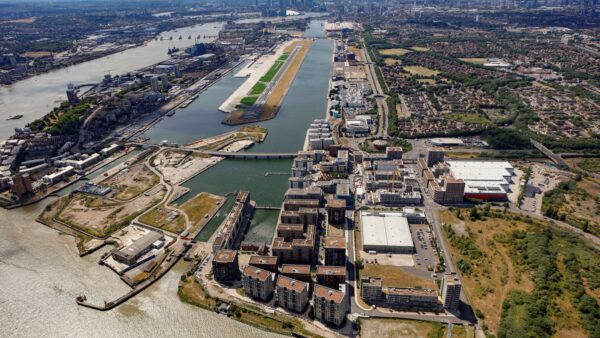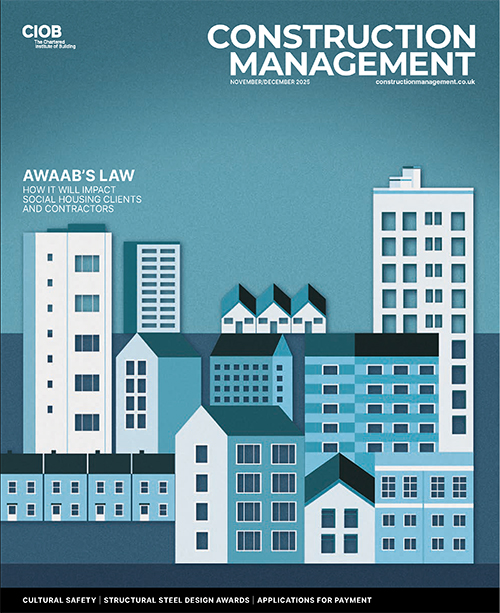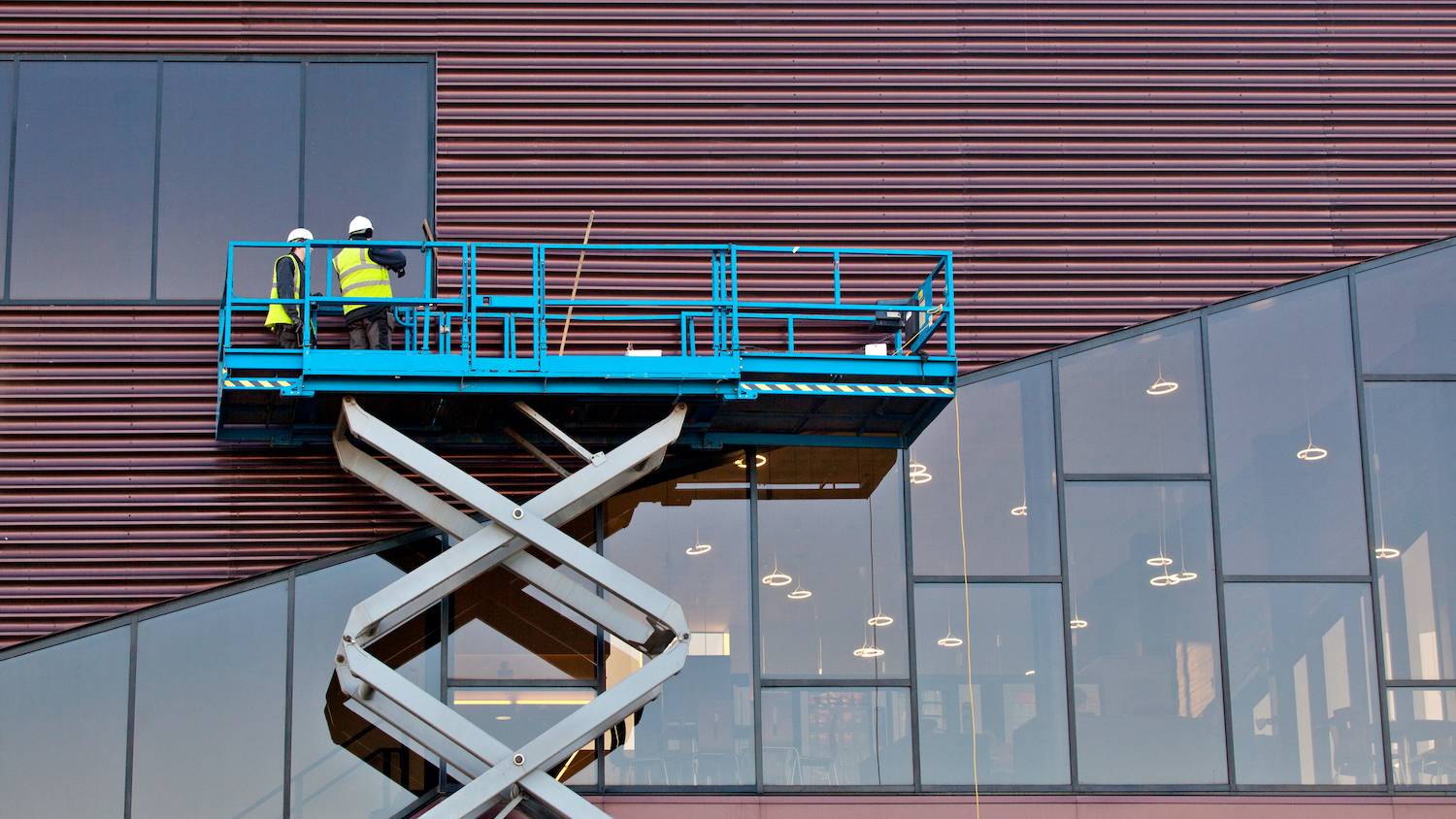Optical fibre concrete, an additive manufactured violin, and aluminium meshwork canopy scaffolding are some of the innovative prototyping technologies going on show at a new exhibition.
Prototyping Architecture comes to London’s Building Centre on 11 January following an autumn run at the University of Nottingham. It aims to explore the importance of prototypes in the development of contemporary design, demonstrated using models, maquettes and full-scale sample productions made by architects, engineers, manufacturers, academics and artists.
The exhibition, which is curated by Nottingham’s professor Michael Stacey, will feature prototype models by famous architects such as Barkow Leibinger, Renzo Piano and Zaha Hadid, along with examples of new industrial prototyping techniques, plus forward thinking prototypes from other industries.
The main focus is on prototyping’s influence on building research and development, said Andrew Scoones, director of the Building Centre: “Too often today buildings are seen as test beds for new construction techniques, but the prototyping process is hugely important to the development of great buildings and to achieving progress in architecture.”
Materials prototypes with potential to translate to the construction industry include a Danish-developed lightweight prefabricated fabric formwork for cast in-situ concrete. “It shows how formwork can be used, not just as a means of holding material in position, but of shaping it and giving it an interesting finish in a way that couldn’t be achieved using any existing technique,” said Scoones.
Also on display is optical fibre concrete, which demonstrates how the traditionally solid, rough material can be made to appear translucent by embedding layers of optic fibres inside.
A striking display will be Philip Beesley’s Protocell Mesh project, designed in Toronto and built by the University of Nottingham’s architecture students, which includes a first-generation prototype for aluminium meshwork canopy scaffolding, a resilient, self-bracing mesh composed of lightweight chevron-shaped components, which link together to create a flexible hyperbolic grid-shell support structure.
3D printing techniques have been around for more than 10 years, and have been used to create wax moulds for materials casting, but today advanced additive manufacturing techniques enable real objects to be cast directly from various materials. The exhibition will feature a violin cast entirely using additive manufacturing, as well as single crystal turbine blades manufactured for use inside Rolls Royce’s new jet engines.
Prototyping Architecture will run until 15 March alongside an international conference, which takes place from 21-23 February.










